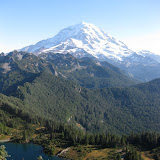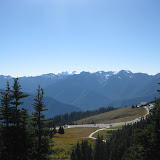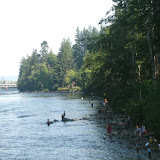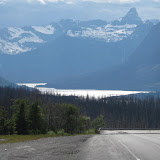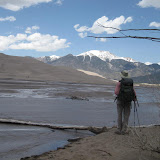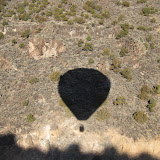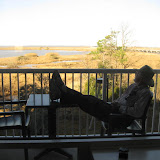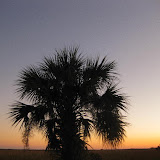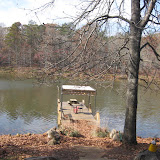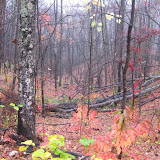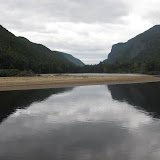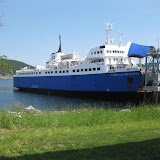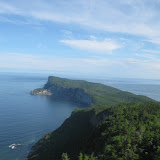 |
| West Coast BC |
Le présent diaporama vous raconte en bref la période de novembre 2010 à avril 2011.
Un dicton dit : « Si tu veux faire rire Dieu, fais des plans ». Je dirais même : « Si tu veux faire rire les autorités d’Immigration, fais des itinéraires ». C’est une longue histoire (que je raconterai peut-être une autre fois) mais en résumé, au lieu d’aller en Californie pour l’hiver, nous avons « choisi » Vancouver.
Nous avons donc passé 5 mois bien au chaud dans un appartement au 18e étage à North Vancouver. Situé à proximité d’un sentier longeant la rivière Capilano : une heure de randonnée aérobique en amont vers le barrage Cleveland et trente minutes de marche santé en aval où la rivière se jette dans la baie Burrard, vers le parc Ambleside. Et en chemin : Park Royal, un grand centre d’achats.
Nous avons profité de l’abondance de neige dans les montagnes pour skier ou faire de la raquette et ce, presqu’un jour sur deux. Nous avions le choix à proximité de 3 centres de ski alpin et autres activités hivernales.
Nous avons appris à connaître et à apprécier cette région magnifique qu’est la côte ouest canadienne que nous avons parcourue sur une centaines de kilomètres. En plus de quelques déplacements à l’intérieur de la province.
Notre sédentarité et l’attrait de l’ouest nous a valu la venue de plusieurs visiteurs de l’est, famille et amis. Des moments riches et inoubliables.
Nous prévoyions aller en Alaska l’été prochain mais le présent chapitre de notre épopée nord-américaine sera écourté. Diane ne peut pour le moment entrer sur le territoire américain et Ted doit être sorti du Canada le 26 mai. Les relations internationales sont compliquées!
Nous sommes donc déjà sur le chemin du retour (la grande traversée du canada d’ouest en est) et prévoyons arriver dans la région de Montréal vers le 22 mai. Notre voyage aura duré 2 ans : nous étions partis le 23 mai 2009.
Que nous réserve l’avenir? Peut-être un 2e chapitre? Dans les Amériques ou ailleurs? Nous l’ignorons pour l’instant. Cela dépendra de nos diverses contraintes et de la possible convergence de nos projets respectifs.
